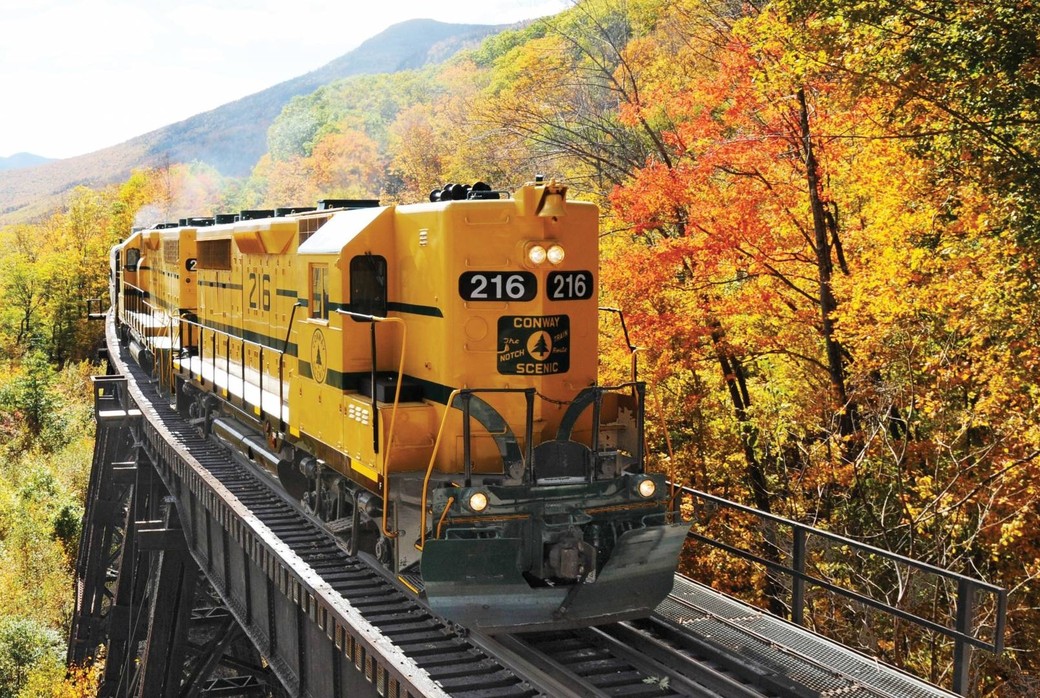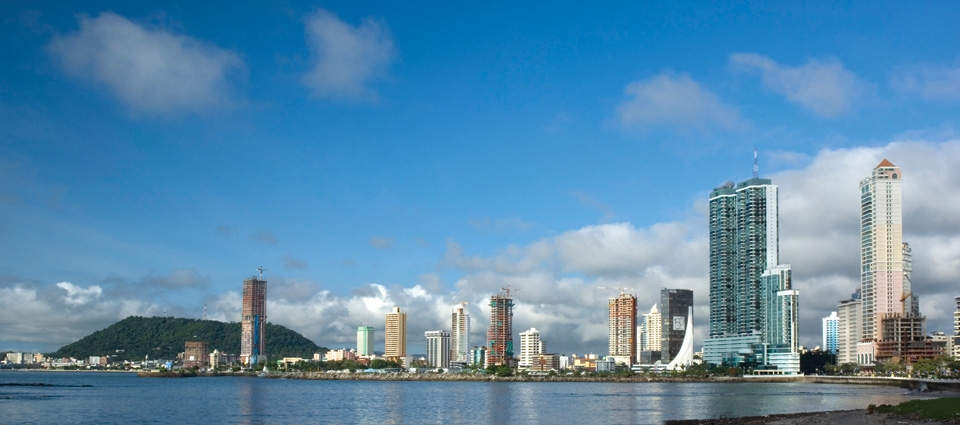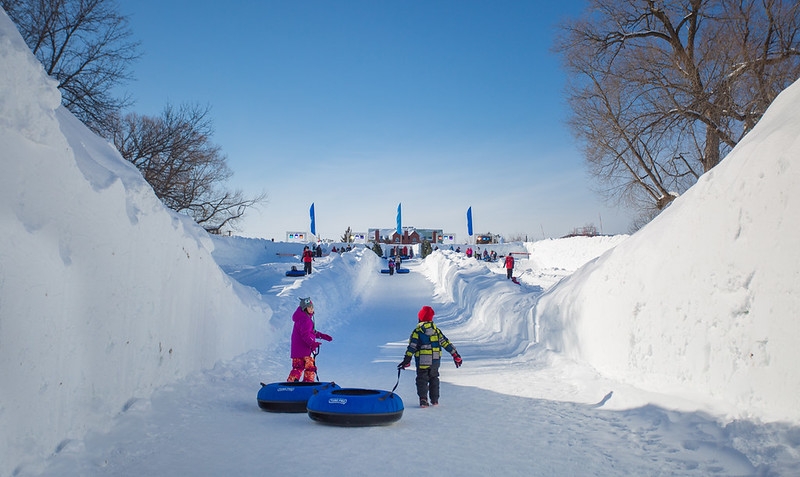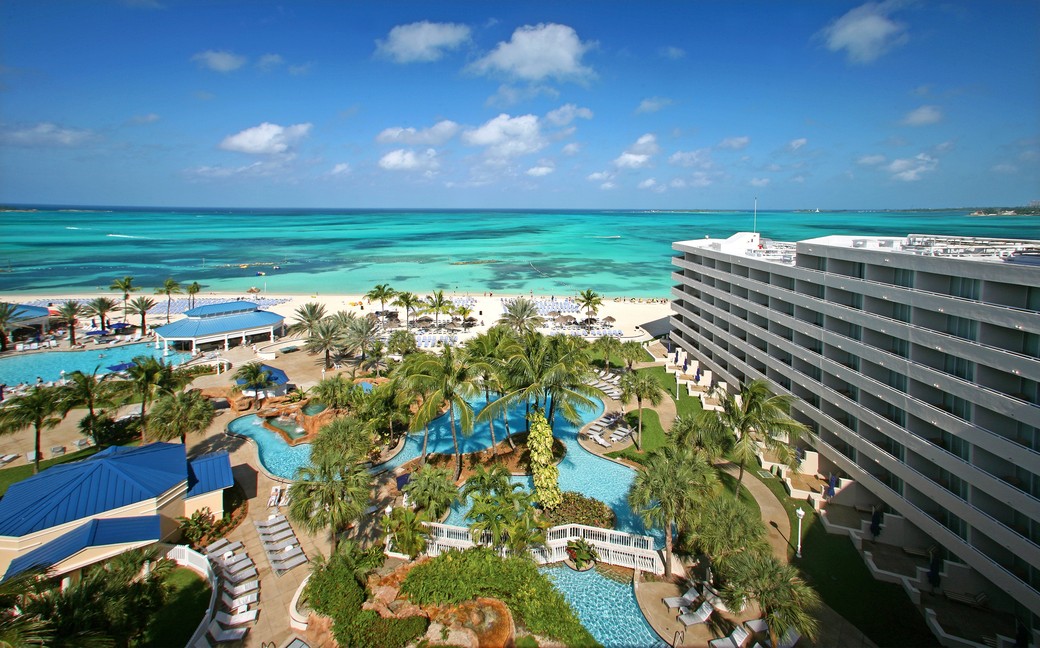
Deeper into Israel: Holiday in the Holy Land
Part II of Don MacLean’s Journey into Israel
As we traveled further north, it seemed as though we were moving deeper into Israel, both literally and figuratively. As my mind and body adjusted to the time change, my initial impressions of the country began to more fully take shape. It occurred to me that there is a depth to the experience of traveling in Israel that is not easily matched in many other places. One does not go there simply to lie on a Mediterranean beach or to meet beautiful women (although many Israeli women are strikingly beautiful). Israel’s history, geography and people, I was discovering, demand a deeper engagement on the part of visitors.
Hours after leaving the port city of Akko we arrived at the Hagoshrim Kibbutz. I imagined a kibbutz, almost by definition, would be a modest and somewhat dull place, devoid of beauty. This was the price for maintaining equality and the communal lifestyle practiced in such places. The setting alone in which the kibbutz was located disabused me of this idea. Tall and lush leafy trees tower over the low story facilities. A walking tour deeper inside the kibbutz revealed outstanding gardens, spacious homes and splendid facilities, including a basketball court, a gym and a pool. Their outdoor restaurant at which we ate in the evening was similarly stunning. The night was warm and the sky was cloudless and star filled. Trees and a small stream served to create an intimate and beautiful setting. Indeed the setting seemed too beautiful for both the kibbutz and the restaurant not to be thriving.
Nevertheless, I wondered if this uniquely Jewish institution was becoming a relic of Israel’s past. The kibbutz is socialist in nature but socialism is an idea that is almost everywhere in retreat. Eytan Rachini, Goshermin’s managing director, explained how the kibbutz has changed. The community still aspires to achieve material equality, but establishing communism is no longer the goal. People buy homes and vehicles. Children are raised by their parents and not by the whole community, as it used to be. Like any community, the kibbutz has had to continually adjust to changing economic conditions.
After a few days of traveling during which we rested at a winery and witnessed where Jesus would speak to his followers, we stopped for the evening by the Dead Sea. Like the Sea of Galilee, the Dead Sea is rich in history. But what is most striking about this body of water are its physical dimensions. Located at the southern end of the Jordan Valley, the Dead Sea is located 1300 feet below sea level and has the highest level of salt and mineral content in the world. Its location explains another distressing feature of the Dead Sea: its high rate of evaporation, which is annually about 5 feet. The loss of water has been accelerated by Israeli and Jordanian diversion projects. This made for scenery that was at once beautiful and startling. On this afternoon the sea was still and the cloudless sky a rich blue. The mountains formed a stunning backdrop. Yet one could sense how far the water had receded, exposing more of the desert in which it is situated.
A few of us were eager to swim except, of course, one does not swim in the Dead Sea so much as float on it. For me at least there was some initial trepidation as we waded into the warm water. The thought of floating on water was so counter intuitive, as though I was about to defy the laws of gravity. After a few anxious moments I opened my arms and fell backwards, still half expecting to sink beneath the water’s surface. Instead the water held firm and I found myself able to stretch out my legs and hold a magazine with both hands. It was a magical moment.
The experience of traveling through Israel is shaped by Jewish history. This is obviously true of Jerusalem. Masada is perhaps less well known, even though it is the place of one of the most tragic episodes in Ancient Jewish history. Masada is the fortress King Herod had built on top of a largely inaccessible mountain, west of the Dead Sea. Although Herod had his own protection in mind and had it stocked with corn, oil, wine and dates, he did not have occasion to stay in the fortress before his death in 4 B.C. By the time of the Jewish rebellion against Roman rule in 66 C.E., a Jewish community of approximately 1000 people was living there. The Jewish rebellion culminated in their mass suicide in 73 C.E.
There is also an intimate connection between Israel’s geography and the experience of Masada. Although the Dead Sea is visible from the elevated fortress, it is nevertheless located in a desert. There is no vegetation and the sun is especially hot, which is somehow fitting. Indeed the sparse, desert landscape serves as almost a time warp. In Masada, the imaginative leap is not as great for a visitor contemplating life in Judea not long after the time of Jesus. There has been no sort of development of the area. Rather the aim has been to, as faithfully as possible, restore the place. Thus tours of Masada reveal how people might have lived in the fortress. We learn how water was collected and stored through the construction of a series of dams and aqueducts. The water was necessary for drinking of course, but also for hygienic, recreational and religious purposes.
Gazing from Masada’s elevated perch, moreover, it is not so difficult to visualize Roman soldiers numbering in the tens of thousands meandering their way through mountainous desert before surrounding the fortress. Similarly one could easily imagine the Masada community’s shared sense of dread. Their only defense against the powerful Roman army was the mountain itself. The Romans could not so easily penetrate a place so elevated. Nevertheless, as the tour made clear, it was only a matter of time before the community’s defenses were breached. The Romans were determined and ruthless. Indeed, as one friend remarked, the tragic episode at Masada helps to crystallize the relationship between the ancient Romans and Jews. Rome’s imperial ambitions were countered by Jewish determination to live as a free people. For the consequence of being captured by the Romans was not necessarily death. To be sure, death would have been the fate of many, but not necessarily all. Slavery was another likely possibility. The mass suicide was thus a final and courageous act of freedom.
Learning of all this as we walked on the mountain under a scorching sun left me feeling at once exhausted and somber. We found shade and took a short rest. After Masada we left for Jerusalem, where more potent emotional experiences were still to come.
Jerusalem is different than most other places we had been in. When driving through the Golan Heights, or gazing at twilight at the Sea of Galilee, or swimming in the Dead Sea, there is a sense of spaciousness that belies Israel’s relatively small size. Jerusalem, by contrast, is a beautiful but dense city. Jerusalem is exceptional in another way. Whereas the energy running through most modern cities is secular in origin, much of Jerusalem’s energy is spiritual and is firmly rooted in its history and its unique status as a holy place for three of the world’s major religions, Judaism, Christianity and Islam.
Walking through the Old City of Jerusalem is perhaps the best way to experience the coexistence of the major faiths in such a shared and concentrated space. The old city is divided into four quarters, Christian, Jewish, Muslim and Armenian. We first visited Mount of Olives, where Jesus met with his apostles before his crucifixion. We followed the ‘stations of the cross’ and saw where Jesus was crucified and the tomb in which he was buried. In the Jewish Quarter, the ‘wailing wall’ is an intensely moving experience for many who visit. People lay their hands on it and stuff prayers into the wall. Visiting King David’s tomb is also a must. The atmosphere in both quarters is intensely pious and reverential even though there are streams of visitors and locals passing through.
The Muslim Quarter in old Jerusalem possessed a slightly different sort of energy. The Dome of the Rock and Al-Aksa Mosque dominate the landscape. Both are Muslim holy sites. Nevertheless, the atmosphere seemed less pious, perhaps due to the amount of commerce taking place. The main laneway is crowded with people and small stores. Vendors smile and ask you to step into their shop as you walk by. Men, both young and old, sell freshly squeezed orange or grapefruit juice.
Yad Vashem, the Holocaust Memorial located in Jerusalem, should not be missed. However, one should be prepared for a difficult experience. Watching footage of the Jewish experience in Europe during World War Two is heart wrenching. You witness men, women, boys and girls as their world is systematically eroded and finally destroyed. You sense in their sad bewilderment that for a long time they had no idea what tragic fate lay in store for them. In the footage showing them walking to the train stations, Jews look exhausted and physically weak. But in most images that I recall, they do not look terrified, nor do they look determined to resist or challenge the soldiers walking them towards certain death. As our guide suggested, this was because they were typically reassured that they were simply being ‘relocated.’ The Nazis combined casualness and systematic ruthlessness in their approach to dealing with the “Jewish question.”
Every aspect of the building’s design and structure is meant to deepen the intellectual and emotional experience of walking through Yad Vashem. As you enter the memorial, walkways narrow and the lighting fades. You are meant to feel constricted and uncomfortable. It is only as you begin the walk that takes you back outside that the walkways widen and the dim darkness lifts.
We left Yad Vashem with heavy hearts. Nevertheless we looked forward to spending more time in the beautiful and holy city of Jerusalem.













